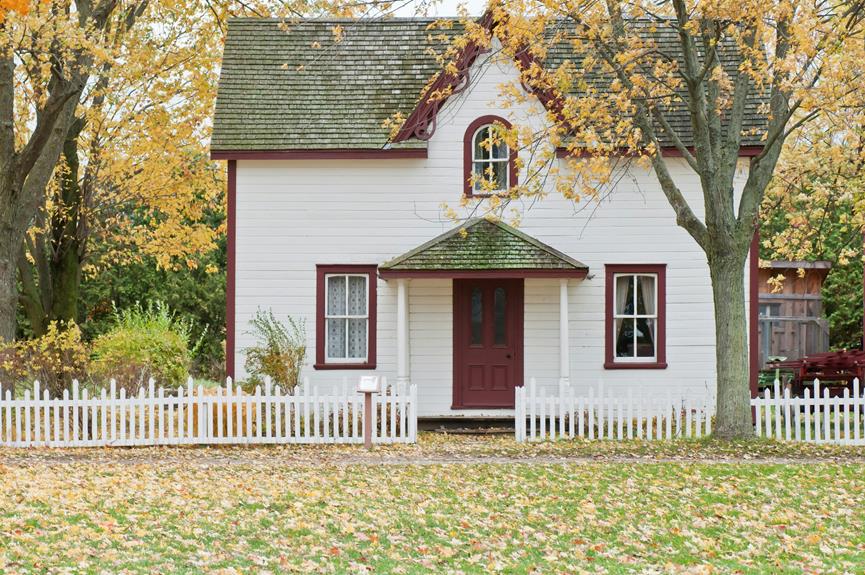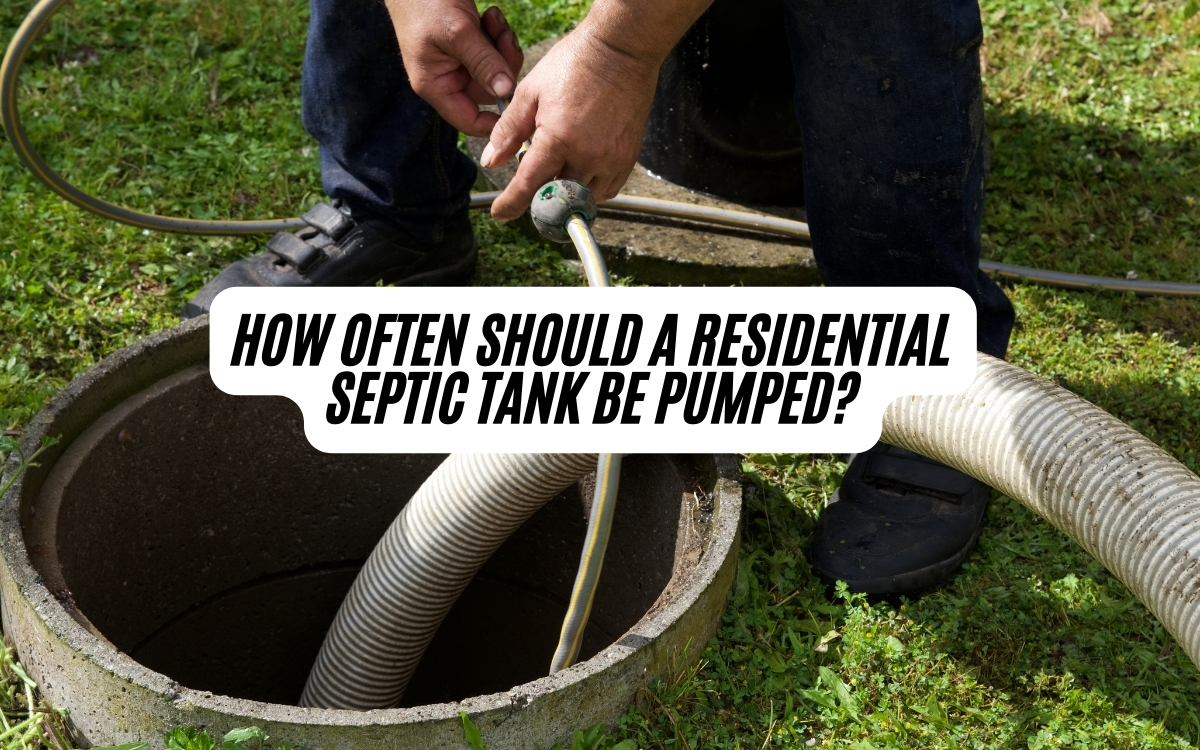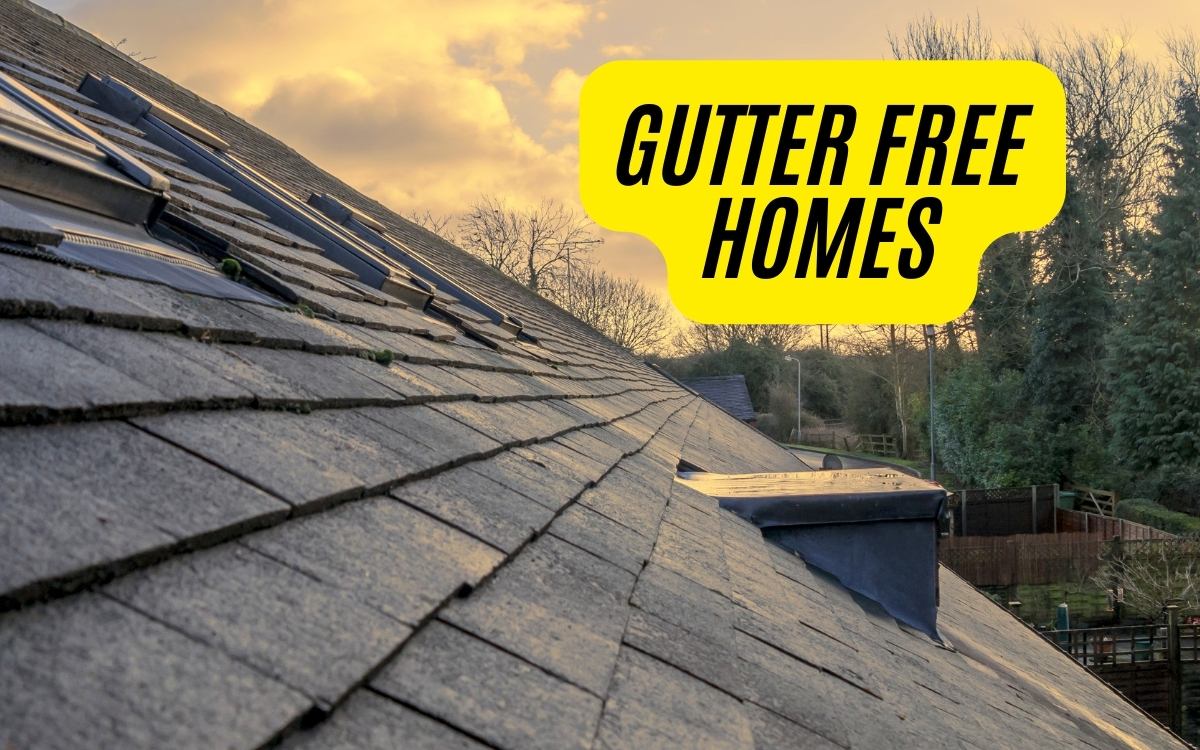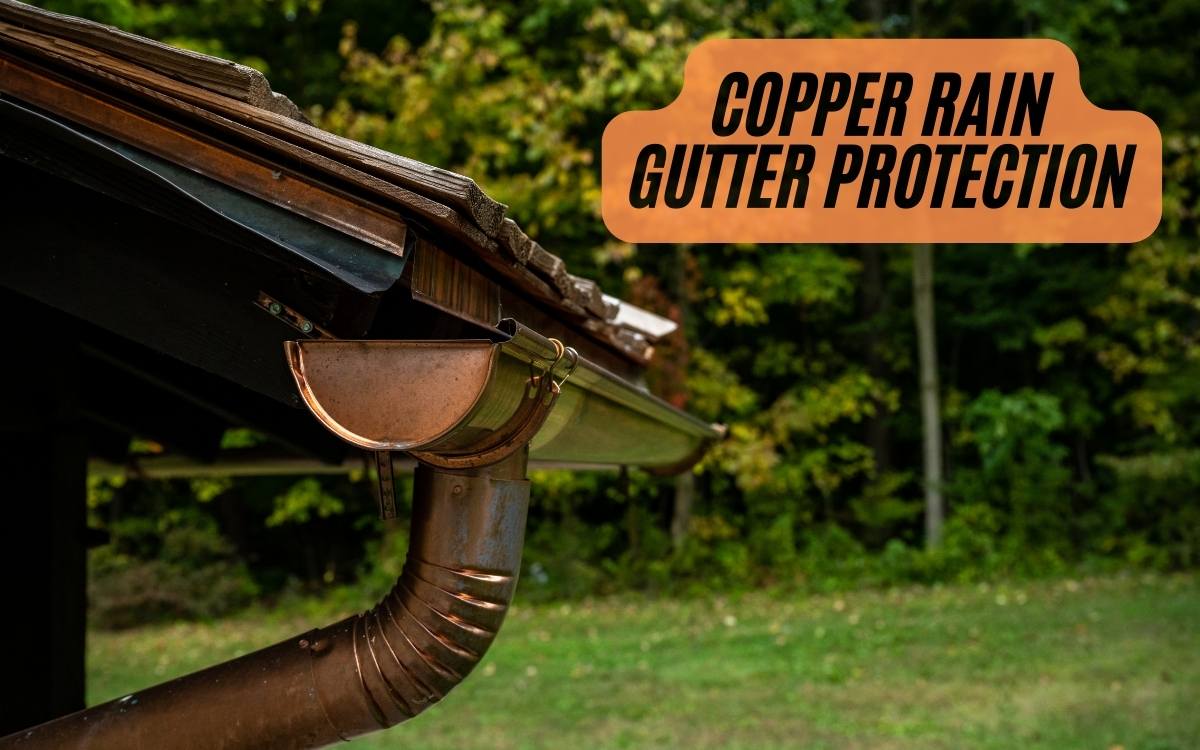Fence Frenzy: Find Your Perfect Match
Finding the perfect fence match requires careful consideration of multiple factors, including budget, purpose, neighborhood policies, and personal style, to guarantee a harmonious blend of functionality and aesthetic appeal. Determining the purpose of the fence, whether for privacy, security, or appearance, affects the selection process. Budget, material characteristics, and design must also align with your needs and home's architecture. With various options available, including wood, metal, and vinyl, making a thorough assessment is vital to weigh their advantages and disadvantages and make an informed decision. By exploring these key considerations, you'll be well on your way to finding the perfect fence that suits your unique needs and preferences.
Factors to Consider
What are the essential considerations when selecting a fence that meets your needs and complements your property?
When choosing a fence, it's pivotal to weigh your budget, personal style, and the purpose of the fence.
Researching neighborhood policies and HOA guidelines is also imperative to guarantee compliance.
Additionally, the fencing design should complement the home's architectural and landscaping style.
Determining the purpose of the fence, whether it's for privacy, security, or appearance, will help you narrow down your options.
Material Matters
When it comes to selecting the perfect fence, the material choice can make all the difference.
You must verify the unique characteristics and benefits of each material to guarantee it aligns with your needs and preferences.
Wood provides a natural look, but requires staining and painting over time.
Metal is highly durable and often used for security or pet fencing.
Vinyl is a low-maintenance option with a consistent color.
Each material has its advantages, and research is necessary to determine the best material for a specific situation.
Wood You Rather
Wood fences have long been a popular choice for homeowners, offering a classic and organic appearance that can seamlessly blend with various architectural and landscaping styles.
They provide a natural look that can enhance the beauty of any property. Wood fences are also relatively quick and easy to install, with a lower upfront cost compared to other materials.
However, they do require regular maintenance to prevent warping, cracking, or rotting, which can increase their overall cost over time. Despite this, wood fences offer a unique advantage – their appearance can be changed over time through staining or painting, giving homeowners the freedom to update their fence's look as they desire.
Metal and Vinyl Options
Most homeowners seeking a low-maintenance fencing solution often turn to metal or vinyl options, which offer a unique set of benefits and characteristics that distinguish them from their wood counterparts.
Metal fences, for instance, are highly durable and often used for security or pet fencing. They come in various styles, including chain link and wrought iron, each with its own distinct aesthetic.
Vinyl fences, on the other hand, are known for their low-maintenance requirements and consistent color. They are resistant to cracking and peeling, making them a cost-effective option in the long run.
Both metal and vinyl options provide a sense of liberation from the constant upkeep required by wood fences, allowing homeowners to focus on other aspects of their lives.
Fencing Essentials
Five key considerations form the foundation of a successful fencing project: determining the purpose of the fence, evaluating the budget, researching neighborhood policies, selecting the ideal material, and guaranteeing the fencing design complements the home's architectural and landscaping style.
These essentials will guide you in finding the perfect fence that aligns with your needs and liberates you from the constraints of a poorly planned fencing project.
Frequently Asked Questions
Can I Install a Fence Myself, or Do I Need Professional Help?
While it's possible to install a fence yourself, consulting a professional is recommended to guarantee compliance with local regulations, ideal material selection, and proper installation to avoid costly repairs and maintenance down the line.
How Do I Measure My Yard for Fencing Accurately?
To measure your yard for fencing accurately, start by identifying the perimeter boundaries and any obstacles like slopes or trees. Use a tape measure or GPS device to record precise dimensions, noting any irregularities or curved areas that may require custom fitting.
Can I Mix and Match Different Fencing Materials for a Unique Look?
When considering a unique fence design, mixing and matching different materials can create a distinctive look. Combining wood, metal, and vinyl elements can add visual interest, but guarantee a cohesive aesthetic by selecting materials that complement each other in style, color, and texture.
Are There Any Specific Fencing Regulations for Pool Areas?
When it comes to pool areas, specific fencing regulations vary by locality, but generally, fences must be at least 4 feet tall, self-latching, and designed to prevent accidental entry, ensuring safety and compliance with local building codes.
How Often Should I Inspect and Repair My Fence to Maintain Its Integrity?
Regular fence inspections are vital to maintain its integrity. Inspect your fence quarterly, looking for signs of wear, damage, or rot. Perform repairs promptly to prevent further deterioration, ensuring the fence remains secure, functional, and aesthetically pleasing.



